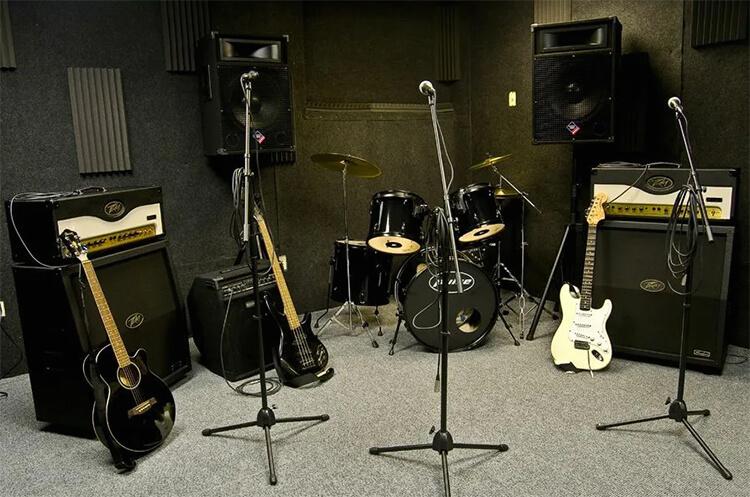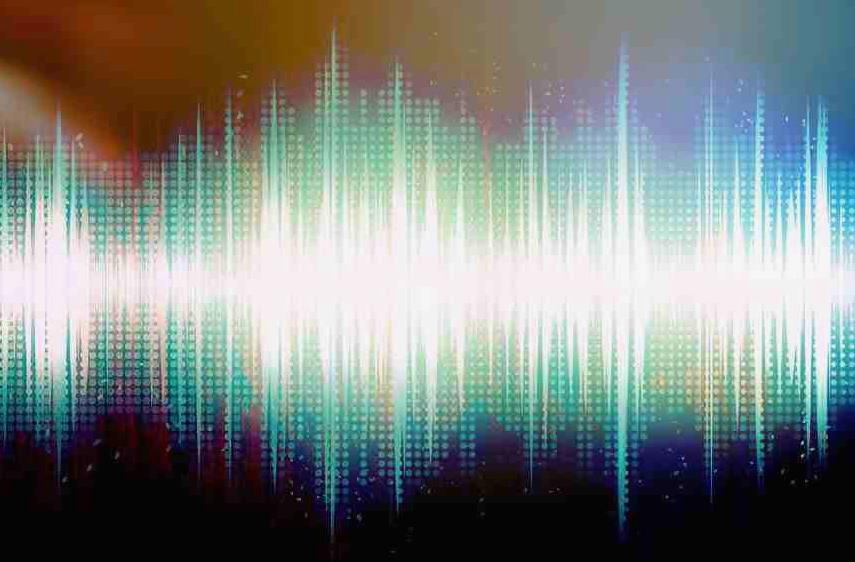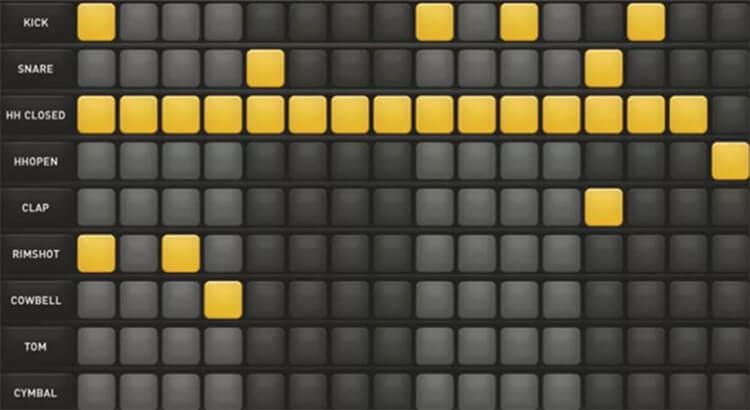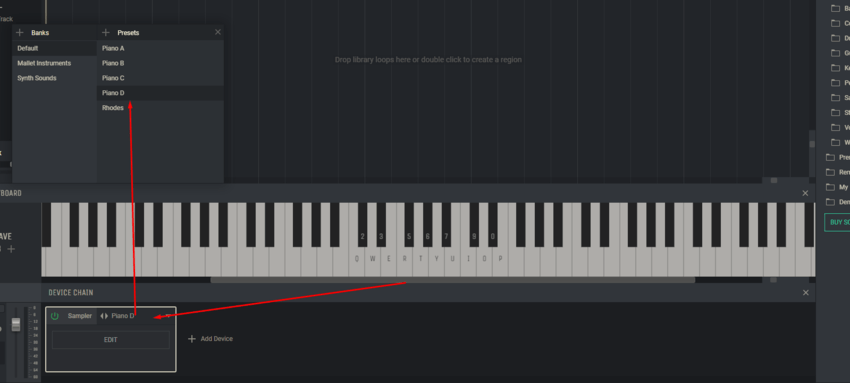Musical arrangements

Arranging music has existed for many years and is an essential characteristic to any musical style or genre. Some of the greatest musicians have arranged parts of their work into other works and/or adapted the work of other musicians.
Bach, Beethoven, Korsakov, Ravel, and many others contributed to the field of music arrangements, but it is worth understanding that the process can have a different meaning when it comes to modern music creation.
Arranging is the creation of music using existing pieces of music. This includes, for example, arrangements of a particular instrument in a pop song or rearranging a song by reassembling the different parts or sections of a song.
In different musical styles there are different arrangement structures like the A/A/B/A 32 bar form of rhythm changes in jazz or a 12-bar blues structure and within the structure chord voicings, rhythmic feel, tempo can make the musical arrangeent unique.
There are three types of arrangements that you need to consider in order to make your own music of a high quality.
- Structural, which means the movement of energy, sections, and transitions in your music.
- Instrumental, which is how notes, chords, and melodies are to be played by the various instruments. Remember that it can change over the course of your track! Moving a melody from vocal to synthesizer can make it sound new and refreshing.
- Position arrangement, which means how the sound is positioned in your mix. Defining their volume, panning, depth and the sense of presence.
In this article, we will tell you in detail about the importance of arrangements in music in music production.
Tips For Beginning Arrangers In Pop
Make Sure The Song Runs On Its Own
Does the song work on its own if you play it on the piano or guitar alone while singing? If the song isn’t “great” on its own yet, no amount of arranging or music production technique will fix that.
Consider the following questions:
- Do you have a strong chorus?
- Is the main melody in place?
- Do you have a good melodic or harmonic “hook”?
- Does it have a song rhythmic pulse (even ballads have a strong pulse).
Work on your song until it sounds great “naked,” with just the piano/guitar and voice. It is extremely important to follow this step. A bad song will stay bad, even with the best arrangements and production. A good song will remain a good song.
Check Which Genres The Song Covers
Before you start arranging music or a song, you should ask yourself – what genre(s) does it cover?
Once that is decided, it can be very helpful to find a couple of reference tracks. Reference tracks are incredibly important in both the arrangement/production phase and the mixing/mastering phase of any recording. Some people might say, “I don’t want to copy anyone because I want to be completely original.”
But the truth is, even the professionals at the top who are the very original ones – are constantly referring to other material. Don’t worry about copying someone else, unless you are literally copying note by note, instrument by instrument, etc.
Make Sure The Song Is Of Sufficient Length
This step is a bit like the first one. However, the arranger/producer may want to change the shape of the song for recording. Sometimes the way a performer performs a song live may be different from the studio version. For the recorded version, it is very important that the song be as concise as possible.
Make Sure You Have A Decent Leading Vocal
Recording a leading vocal will help you to make decisions while arranging. For example, without hearing the leading vocal, it’s easy to make the arrangement of the music too dense. As a result, this will lead not only to a less-than-pleasant final recording but also will make it much harder to work with during the mix. The best recorded songs have arrangements that have the perfect balance of production density.
All of the different elements of the arrangement/production should have their own space and sonic range.
For example, you don’t want the bass playing one line and the keyboards playing another in the same range.
Drums And Other Rhythmic Components
In addition to the leading vocals, the most important part of the music arrangement is the percussion/rhythmic components of the song. They occupy the majority of the audio space, give the listener a “groove,” and largely determine the feeling of the song.
If the track will involve a real drummer, your arrangement should simply outline the general direction of what the drummer should be playing.
Don’t be too concentrated on programming the track with beats. A good drummer will make those decisions for you.
That brings us to another point. You need a really great drummer who can play in time if you’re going to add acoustic drums. They have to be recorded perfectly.
If the drums aren’t recorded perfectly, the feel and song are greatly affected and if editing it becomes harder to line up sections. Remember, you can always make it sound rougher or lo-fi style. Just choose how many microphone channels go into the final mix and what type of processing will be used.
If you are programming the drums yourself, which you can easily do in the Amped Studio online sequencer, you should think like a drummer and think about transitions in the different song sections. You might go from hi-hat to ride cymbal in the chorus and have a small fill between sections. Als, try and use an appropriate drum kit to the song when programming. You probably don´t want to use an 808 kit for a hard rock song if trying to emulate a live drummer in that genre.
If you are not familiar or experienced with drum programming keep it simple and make sure the drum part enhances and not distracts from the song.
Some experienced producers will often manipulate the feel by slightly moving around a drum forward of the beat by a few milliseconds and push the hi-hat back. This depends on the song and should be chosen with taste. There are wonderful “groove” plugins for MIDI that will subtly change the speed and timing while programming your drums. Only rule – experiment!
Bass And Bass Elements
After the drums have been specified in the music arrangement, the bass (or bass elements) are next in the majority of cases.
If it’s a standard pop song, you need to make sure that the bass “opens up” in the chorus, that is, the bass doesn’t play quietly in a high register when the chorus goes down.
If your track has a “real” bass player, it’s extremely important, that it would be professionally recorded and played as with the drums. There is nothing worse for your track than the lack of clarity of bass and low frequencies. Make sure the drum kick part and the bass part work together.
If your track has synthesized bass, be careful with sub-bass and stylish presets. If the subwoofer is the only bass in your track, the patch should be designed to have harmonics in the midrange so that the ear can find them while listening to speakers that don’t have good bass frequencies.
For example, you may not hear certain subwoofer patches on laptops, iPhones, and some headphones and car stereos. This is way it is always good to listen back o a song mix on different devices before finalizing.
What sounds great in a studio or club with great low end enhanced systems, but on other devices or places it sounds “top” heavy.
You can find a bass preset while working with one of your favorite synths in Amped Studio that sounds awesome isolated but is not correct for the arrangement or dominates the song. Be aware of working with “stereo” basses and patches that contain a lot of high-end frequencies.
In the majority of cases, you want a bass patch that is monophonic and not too high in the frequency spectrum. However, there are exceptions! Experience will help you make the right decisions.
This article is based on Pop song arrangements so some of these tips are not valid for certain genres especially when it comes to bass and drums.
The Main Driving Harmonic Component
This part of music arranging can be quite open and free, but you should approach this point with great responsibility. In order to understand which instruments you can use, it is worth listening to your favorite tracks.
In many songs, the main instrument that complements the leading vocals is the guitar or piano. These instruments are most likely to be played throughout the song. Once you have decided on this issue, you can furnish the s and arrangement with your chosen material.
Learning how to do this just by reading an article is extremely difficult. It’s all about trial and error and experience. You will then be free to use your harmonic instruments to form the outline of the song. Chord voicings and chord transitions and leading tones are good tools for improving a basic chord structure in an arrangement. If you are new to chords, try Chord Creator in Amped Studio to see and hear how chords and progressions can work. This is a great place to start and learn about harmonic structure.
There are song tendencies in the harmonic sectional aspects of Pop like in the chorus sections, you will use more instruments or density to make the arrangement tighter. As for the verse sections, you’ll probably make it sparser.
Classic examples are duplicating guitars in the chorus section (and panning them left and right) or turning any source from mono to stereo.
If you decide to use a horn section or strings in your arrangement, you need to make sure that the parts fit the song incredibly well. Most songs can’t have an intricate arrangement of music. In most cases, you’ll want to use horn instruments to fill in the gaps with deliciously simple lines or to “complement” the parts where the vocalist sings. The same goes for strings. There are some great sample libraries for strings and horns but using these is difficult without studying and understanding basic chord relationships and string and horn arranging. If you are lucky enough to work with an experienced string arranger and record live string section or horn ensemble it is quite a treat to hear and experience.
A Review Of Modern Pop Music And EDM
While creating a music arrangement, it is very important to listen to many tracks in this style and understand how all the pieces fit together.
There are a lot of different styles within EDM so it´s important to listen and understand the basic characteristics of the tracks you like in a specific style. Think about tempo, bass and kick sounds and synth rhythmic patterns and hooks. Every style has specific elements that go into the style for arranging.
Most basic pop songs have an intro, a verse, a chorus (refrain or hook), a bridge and an outro.
Effects Supplementation
What is the final step in learning how to arrange music or a song? To add the effects.
For an acoustic arrangement, this might be percussion addition to different parts of the arrangement. Classic examples would be the shaker part in the second verse and the tambourine in the bridge.
In more modern styles it would be all the “white noise” and sound effects such as breaks, risers, uplifters, down lifters, etc.
While using these effects, it’s very important that they match the song.
For example, not every effects bundle will work for every music arrangement. Even better, if you create your own special effect for each song. It takes more time but can lead to great results. If you’re using ready solutions (which is perfectly fine), just make sure you have access to lots of different libraries so you’re not tied down to using only a few favorites.
Moving on to the Recording and Production Process
Once your music and vocal arrangements are finished, you’re ready to move on to recording and/or mixing.
Frequently, at that stage, the track may change slightly. For example, the mixing process may indicate that you need to delete or add certain elements from the arrangement, and that’s absolutely fine. All song recording processes flow into each other to some extent. Just keep an eye on how the song sounds as a whole. Listen to it right after listening on of your favorite tracks in the style you are trying to emulate.
The end product is much more important than all the little details discussed here, and it’s very easy to get confused by all the details.
A good song is a good song, so make sure in the process of arranging and creating the music that you are enhancing the song.
A bad song is a bad song, and no matter how well it is made, arranged, or mixed, so if you like the arrangement, rewrite the song to be better.
Arrangements In Classical Music
The art of arranging and adapting music exists for centuries. During the Renaissance, tabulation (a kind of arrangement) was quite popular. It was all about arranging vocal or ensemble pieces to be played on the solo keyboard or lute.
In the same period, English madrigals for different voices were published, indicating that they could be played in different ways. However, it was made for use in several markets.
Arranging music was also popular during the Baroque period when many great musicians borrowed from other artists or rearranged their own works. A great example of that era is Bach. Some of his works were arrangements of works by Antonio Vivaldi. Remixing is not new!
Other musicians, such as George Friedrich Handel and Francesco Geminiani, also left their mark on the Baroque period when it came to arrangements. In fact, Handel was best known for reworking his own material.
You can see arrangements in Beethoven’s work. He reworked some of the themes of Prometheus’ Creations to fit the ending of the Heroic Symphony or Symphony No. 3.
In the 19th century, with the increasing popularity of the piano, arrangements also became more popular than ever before. Many orchestral transcriptions and chamber pieces were arranged and published for performance on the piano.
Arranging music was a frequent occurrence among great musicians. It will remain strong in the future.
Modern Music
Popular music recordings often include parts of copper horns, bowed strings, and other instruments that have been added by arrangers and not composed by the original songwriters. Some pop arrangers even add sections using a full orchestra, though this is less common due to cost. Popular music arrangements can also include new versions of existing songs with new musical treatments. These changes involve changes in tempo, size, tonality, instrumentation, and other musical elements.
Well-known examples of rock music arrangements include Joe Cocker’s version of the Beatles’ “With a Little Help from My Friends,” Cream’s “Crossroads” and Ike and Tina Turner’s version of Creedence Clearwater Revival’s “Proud Mary”. The American band Vanilla Fudge and the British band Yes based their early careers on radical reworkings of modern hits. Bonnie Poynter performed disco and Motown versions of “Heaven Must Have Sent You.” Remixes in dance music, for example, can also be considered as arrangements.
Jazz
Arrangements of music for small jazz compositions were usually informal, minimal, and not listed in the credits. Large ensembles tended to have higher demands on sheet music arrangements, although the early big band of Count Basie is known for its many arrangements, which were developed by the musicians themselves and memorized (“in the musician’s head”). However, the majority of big band arrangements were recorded and attributed to a particular arranger, such as the work of Sammy Nestico and Neil Hefty for the later Count Basie big bands.
Don Redman innovated in jazz arrangement with the Fletcher Henderson Orchestra in the 1920s. Redman’s works introduced a more complex melodic pitch and solo performances for various big band parts. Benny Carter became Henderson’s primary arranger in the early 1930s, becoming famous for his abilities in the field in addition to his talent as a performer.
Big band arrangements are unofficially called charts. In the swing era, they were either reworkings of popular songs or entirely new compositions. Duke Ellington and Billy Strayhorn arrangements for Duke Ellington’s big band were usually new compositions, and some work by Eddie Soter for Benny Goodman’s band and Artie Shaw for his own band were also new compositions. After the bop era, it became more common to arrange snippet jazz combo compositions for big bands.
After 1950, the number of big bands declined. Nevertheless, several bands continued. Gil Evans wrote a number of arrangements for big bands in the late 1950s and early 1960s, intended only for session recordings.
In the 21st century, jazz arrangements of music made a modest comeback. Gordon Goodwin, Roy Hargrove, and Christian McBride introduced new big bands with both original compositions and new arrangements of standard tunes.
Conclusion
Music arrangement is an important part of the process of creating and producing tracks in today’s world and has evolved over the centuries with the world’s great composers. Using the above tips you can start making your first arrangements right now. You do not need to have special knowledge and special equipment. With the online program Amped Studio, which is available right from the browser of your computer, you can make good quality arrangements for your songs. Here you’ll find a large number of plug-ins, instruments, and samples, and you can share your work with friends or colleagues in just a few clicks.










